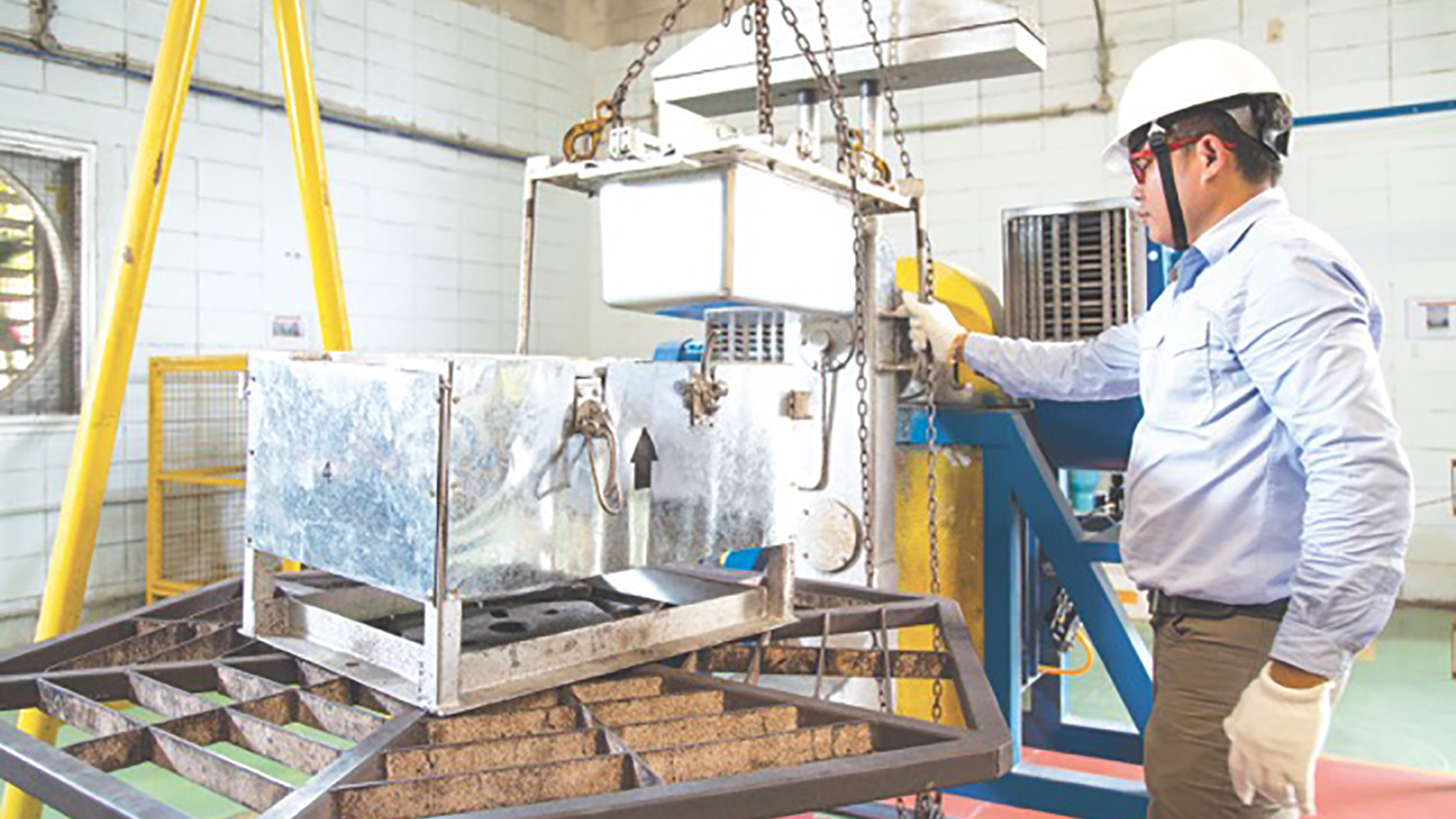The rotational molding method starts off by adding molten polymer (normally polyethylene) in the bottom one half of an open fungus cavity. Plastics rotomolding can be a approach for shaping plastic-type material, usually thermoplastic, in a desired shape. It can be employed to make products like piping and other business items, appliances like coolers and freezers, and even Rotational Molding playthings like Legos!
Then it’s rotated at high-speed to open up evenly across the inside surface of the shut upper area of the mildew. After that, the fungus opens up once again, and another page of fabric is inserted to close off off one end before it’s all shut down up once again with pressure originating from either side so that no air or fuel can escape anywhere during rotation.
The way it works
Rotomolding is a process that makes use of heat and strain to condition plastic-type into preferred items. The plastic material is warmed up until it will become fluid, then compelled using a expire or mildew. This will give the plastic-type material its ideal design, which is then cooled and solidified.
Rotomolded products are resilient and strong, leading them to be ideal for a lot of programs. Some merchandise produced via rotomolding incorporate kayaks, oxygen tanks, and car fenders.
The method begins with your selection of a fungus. Once the appropriate device is selected, it needs to be ready for injections of molten plastic-type material or metal by taking away any sharp edges and making a sufficient stream course to ensure resin can key in every area of your cavity.
A piece of equipment can be used to inject molten plastic material in the equipped fungus at high pressure. The molten plastic-type quickly cools and solidifies, taking up the shape of your cavity inside the mold.
Air conditioning is faster by experience of the cold wall surfaces from the fungus and by compelled oxygen or h2o cooling. Following solidification, the aspect is ejected in the mildew, and either goes toward industry or experiences any required supplementary operations like artwork and construction.
The Final Expression
The process is also referred to as rotational molding, which means that the equipment itself can swivel while it’s injecting molten plastic-type right into a rotating mildew on its opposite side to create hollow merchandise with consistent wall surface thicknesses.



